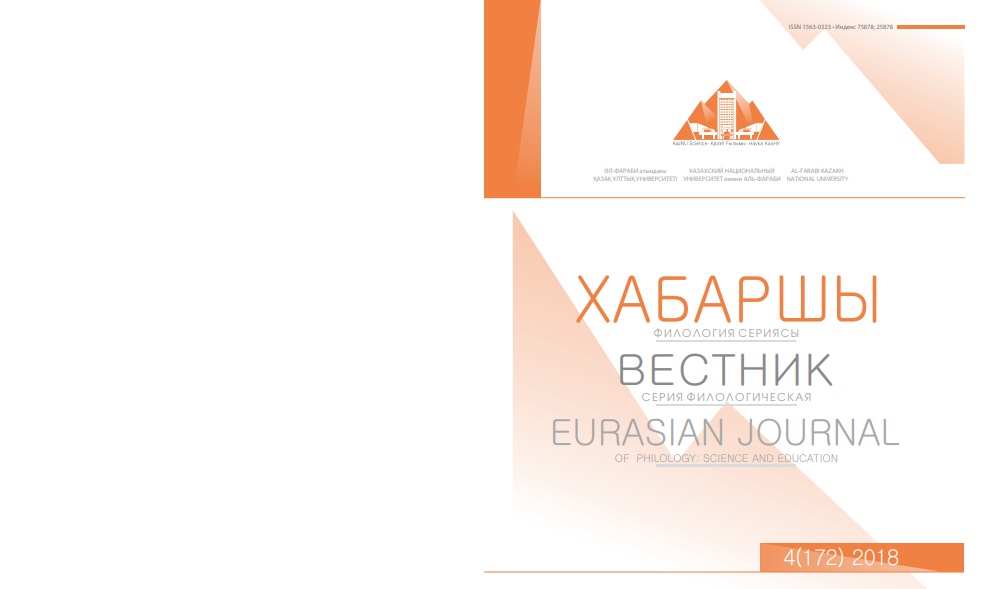Изучение фонетической структуры близкородственных языков в тюркских языках: казахском, турецком и узбекском
Abstract
The article is devoted to one of the urgent, scientificallytheoretically important and complex problems of studying the phonetic structure of the individual written and literary languages of the three
genetically related groups of the Turkic family: Kypchak, Oguz and Karluk. The phonetic structure of any
language is formed in accordance with the coordinated and closely related phonetic and phonological
phenomena, which gradually turn into stable, stable rules and patterns of the given language. It is these
rules and stabilized phonetic patterns that form the phoneticphonological structure of a particular language, which governs the further development and determines its specific features. Comparison of these
features among themselves and their comparison with the prolinguistic state provides a picture of the
evolutionary development of these phenomena and will show regular shifts in one direction or another.
The study of the phonetic structure of closely related languages harbors many previously unexplored and
unexplored phonetic and phonological phenomena, the comparative study of which is of undoubted
scientific and practical interest, both for general Turkology and for each of the studied languages.






